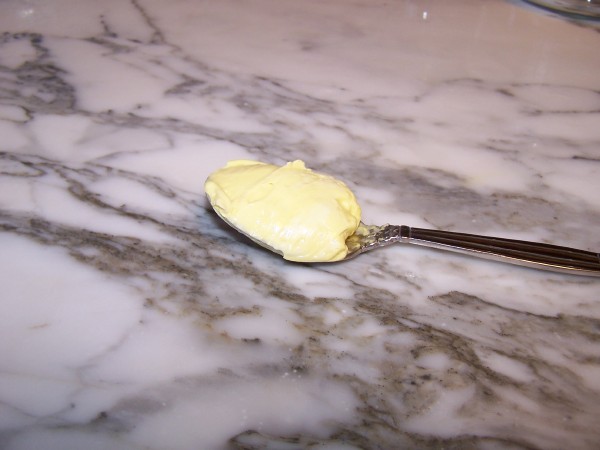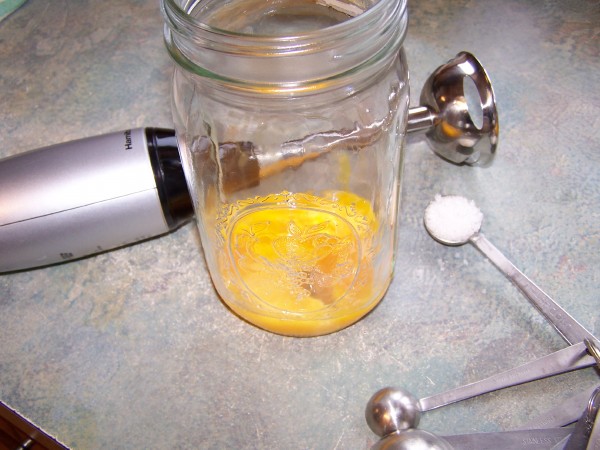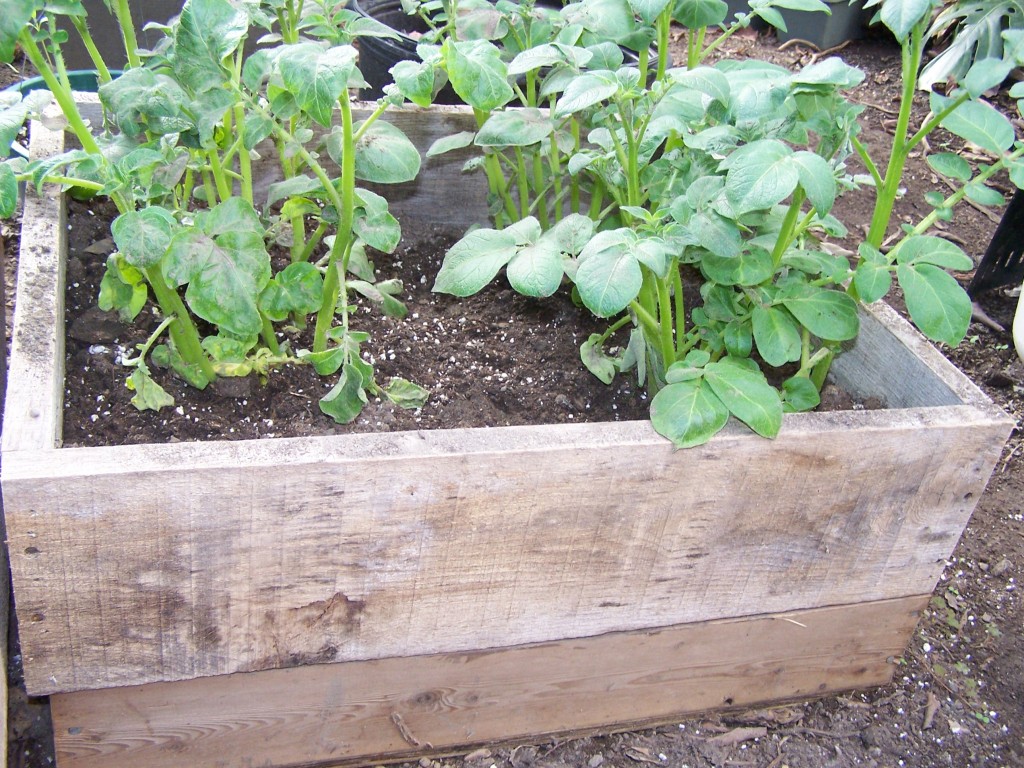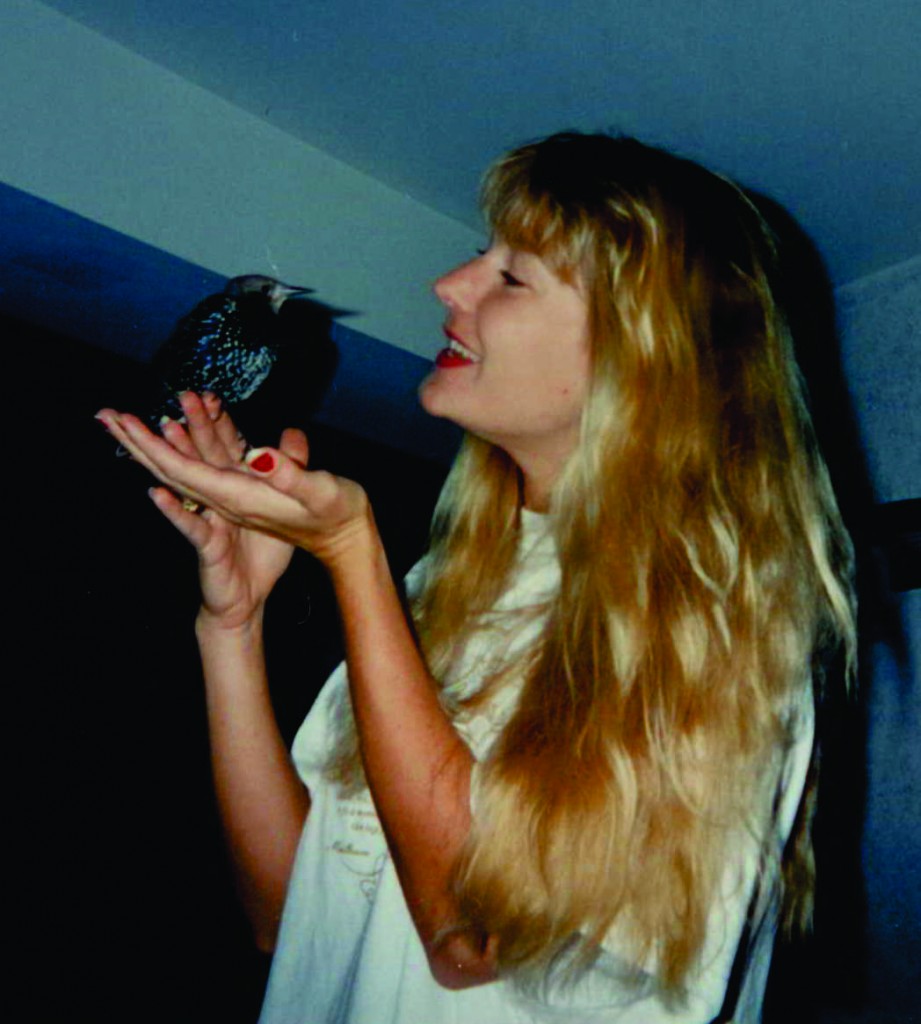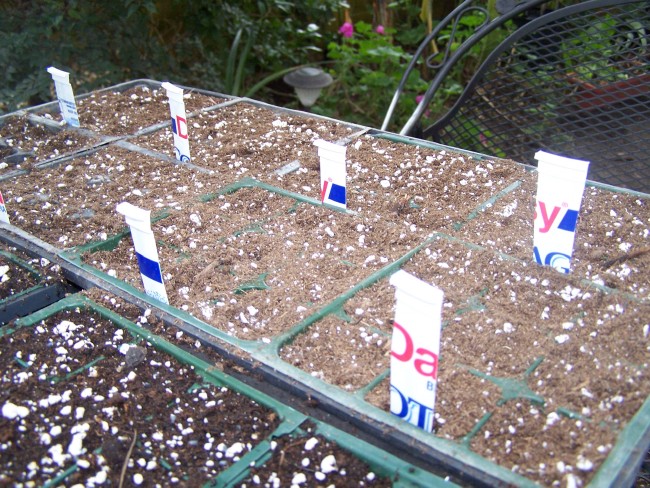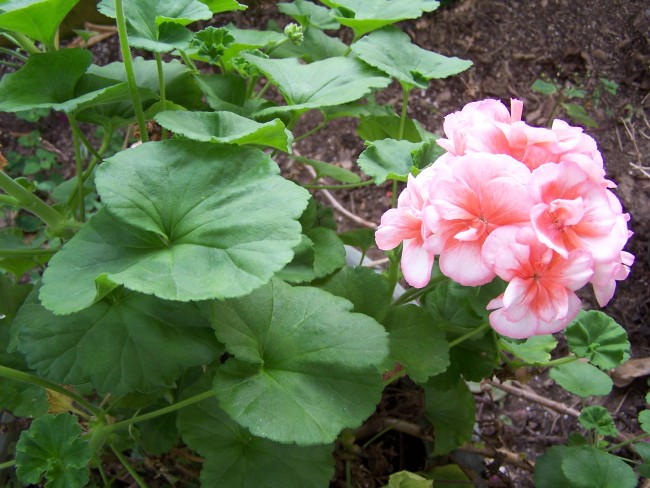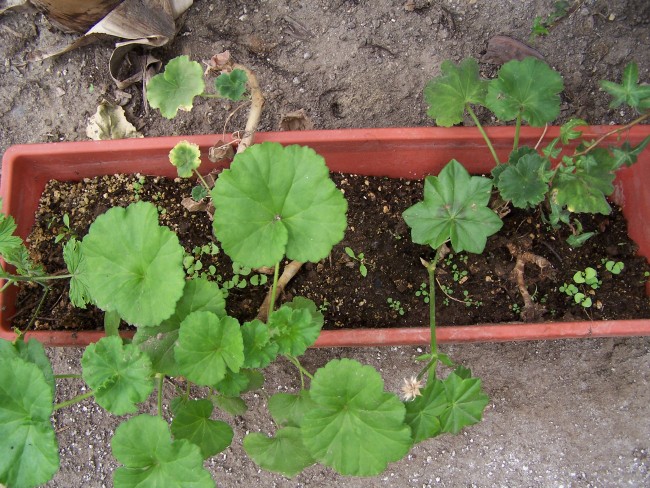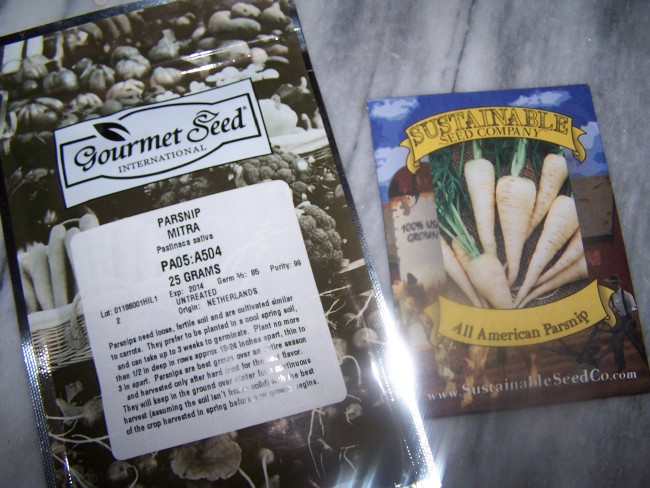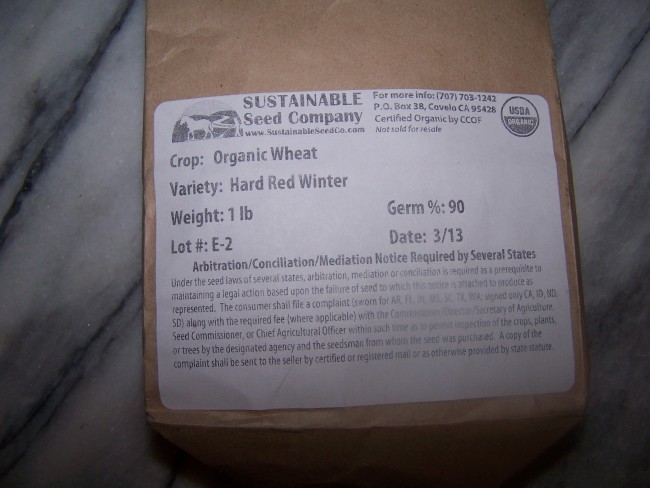Meals at Meduseld – Easy Mayonnaise
Making mayonnaise from scratch can be daunting. The oil has to be incorporated very gradually into the eggs or it will separate. I’ve avoided making it in the past because of the mess it would make with my blender. Oil and eggs would spray all over the kitchen as I poured oil into the running blender. What a mess! It seemed to take more time to clean than to make the mayonnaise!
Recently, I decided I had to commit to making mayonnaise from scratch again. The list of ingredients on the store brands, not to mention the exorbitant price, was enough to convince me to find a better way to make this delicious treat. And did I ever find one! A hand blender!
I have an inexpensive Hamilton Beach hand blender (in Meduseld’s Amazon store) that I use for making Smokey Pumpkin Soup (recipe for that soon). Using this nifty tool, you can make your mayonnaise in a wide mouth quart jar that can go straight in the refrigerator. The only thing to clean is the hand blender attachment.
First, the list of ingredients for a very basic, thick and creamy mayonnaise. Then I’ll provide some variations.
In the bottom of the jar, place:
4 egg yolks (try to get local free-range eggs for freshness)
scant teaspoon salt
Blend these together briefly.
With the blender running, very slowly pour a trickle of one cup oil into the jar. Oil options are: olive, sunflower, grape seed, and blends of these and other oils. I do not recommend using soy since it can increase estrogen levels (http://americannutritionassociation.org/newsletter/whole-soy-story). This is very serious for men!
As you pour in the oil, you will notice that the mix will start to get thicker. When you have added all the oil, you should have a thick mayonnaise. Now, add two tablespoons apple cider vinegar and blend. Voila! It’s that easy!
That is a very basic version, not unlike the brand Dukes. It you want to add some flavor, you can mix one teaspoon mustard in with the eggs. You can add seasonings such as herbs and garlic. Or you can substitute half a freshly squeezed lemon for the vinegar.

